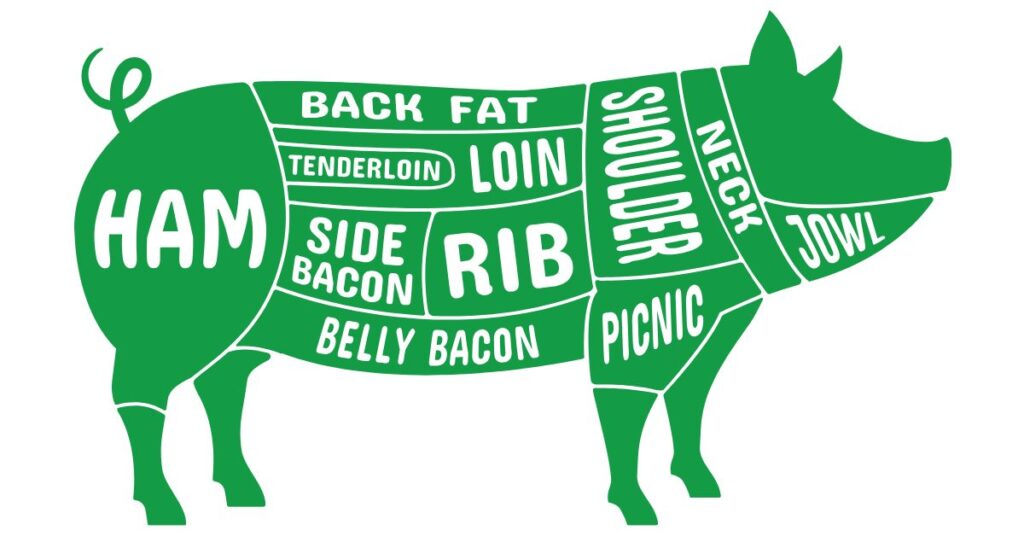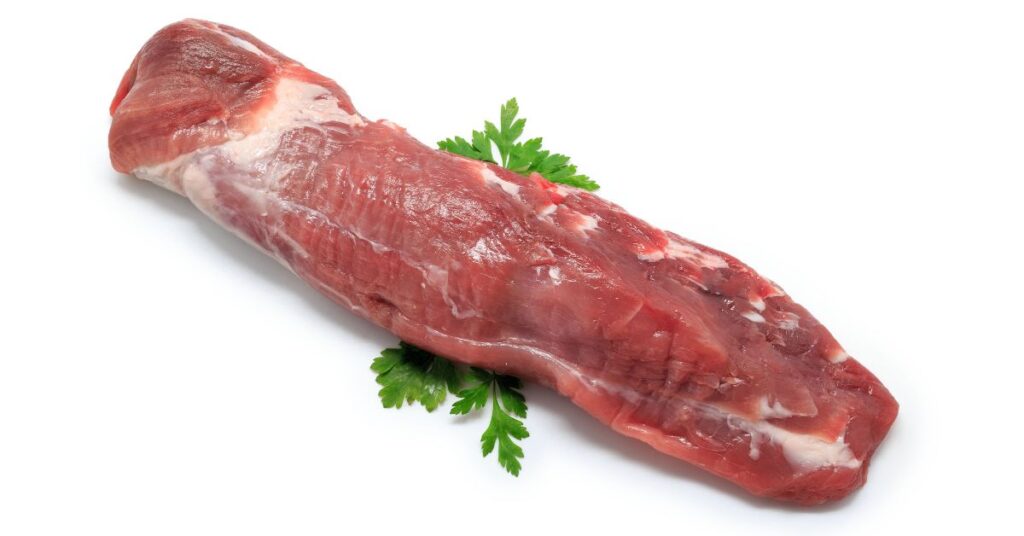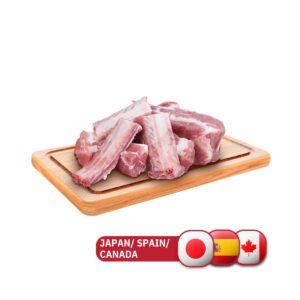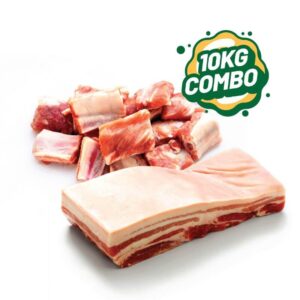Recipes & Cooking Tips
Essential Guide to Cut of Pork: Choosing the Best Cut for Flavor, Texture, and Value
Pork is one of the most versatile and widely consumed meats worldwide, offering a variety of flavors, textures, and cooking methods. Knowing the different cuts of pork and their unique characteristics can help you select the right type for each recipe, whether you’re grilling, roasting, or stewing. In this guide, we’ll dive into how pork is cut, explore the eight most common cuts, and identify the most expensive cut of pork.
How is Cut of Pork?
Pork is typically divided into large sections called “primal cuts.” These primal cuts are then further broken down into smaller portions, known as “subprimal cuts” or “retail cuts.” Butchers typically use a combination of knives and saws to separate the primal cuts from the carcass. The main primal sections include the shoulder, loin, belly, and leg, each yielding various sub-cuts with unique characteristics.
Each cut is removed in a specific order to ensure the quality and texture of the meat. The process starts with separating the shoulder, then moving to the middle section of the pork, where the loin and belly cuts are found. Finally, the back leg, or “ham,” is taken off. This method ensures maximum use of the pork carcass, minimizing waste and offering cuts suited for different culinary applications.
What Are the 8 Common Cut of Pork?

Here are the eight primary cuts of pork that are widely available and commonly used in recipes around the world:
1. Pork Belly
Pork belly is a fatty cut from the underside of the pig and is widely appreciated for its rich, succulent flavor. It’s the primary cut used to make bacon and is popular in many Asian cuisines for braised dishes. Pork belly can also be roasted or slow-cooked for a tender, melt-in-the-mouth texture.
2. Picnic Shoulder
The picnic shoulder, or “picnic roast,” is a tougher cut located below the pork shoulder. It has a more pronounced flavor and is perfect for long, slow cooking methods. Although it’s similar to pork shoulder, it has more bone and is often cheaper, making it a budget-friendly choice for slow-cooked dishes.
3. Pork SpareRibs
Pork Spareribs, a popular cut of pork, come from the lower part of the ribcage and feature a mix of meat, fat, and bone. Renowned for their rich flavor, they’re ideal for slow-cooking or smoking to achieve maximum tenderness. Often a barbecue favorite, spare ribs are typically enjoyed with a marinade or dry rub for an added layer of delicious flavor.
4. Pork Tenderloin
The pork tenderloin is a small, lean, and very tender cut located near the backbone. It’s one of the leanest cuts of pork and cooks quickly, making it ideal for high-heat cooking methods like grilling, pan-searing, or roasting. Because of its tenderness and delicate flavor, pork tenderloin is often marinated or seasoned with herbs and spices before cooking.
5. Pork Chops
Pork chops are cut of pork from the loin and come in several varieties, including rib chops, loin chops, and blade chops. They are generally tender and versatile, suitable for grilling, pan-frying, or baking. Pork chops are a popular choice for quick, easy-to-cook meals that retain moisture and flavor when cooked correctly.
6. Pork Shoulder
Pork shoulder, also known as “Boston butt” or “pork butt,” is a well-marbled cut with a rich flavor. It’s ideal for slow-cooking methods like roasting, braising, or smoking, which help break down the connective tissue and render the fat, making the meat tender and juicy. Pork shoulder is often used for pulled pork and carnitas.
7. Pork Loin
Pork loin comes from the back of the pig and is one of the most tender cuts. It is typically leaner than other parts and is excellent for roasting or grilling. This cut can be sold as a whole roast or sliced into pork chops. It is a versatile option that can be seasoned in various ways for a flavorful meal.
8. Ham
Ham refers to the back leg of the pig and is typically cured or smoked before being sold. It’s a versatile cut, enjoyed in various forms such as whole roasts, sliced ham, or ham steaks. Ham can be baked, grilled, or used as deli meat in sandwiches. It’s especially popular in holiday meals, often served with a sweet glaze.
What is the Most Expensive Cut of Pork?

The most expensive cut of pork is typically the pork tenderloin. Due to its delicate, lean texture and small size, it commands a higher price per pound than other cuts. Unlike larger cuts like pork shoulder or ham, which offer more meat and are suited to various cooking methods, pork tenderloin is a premium cut that requires minimal cooking time and can be easily overcooked if not handled with care.
This prized cut is often served in high-end restaurants and is favored for its tenderness and ability to absorb marinades and seasonings well. Additionally, the location of the tenderloin on the pig—running along the backbone—means that there is only a small amount per animal, contributing to its higher price point.
Choosing the Right Cut of Pork for Your Needs
Understanding the various cuts of pork is essential for choosing the right type of meat for your recipes and preferences. Whether you’re looking for a cut that’s budget-friendly and versatile, like the shoulder or spare ribs, or a premium cut like tenderloin for a special occasion, pork offers options for every budget and taste. When handled properly, each cut brings unique flavors and textures to your dishes, making pork an exceptional choice for home-cooked meals.
Asia Mart - Cheap meat in Japan
Mail: info@asiamartjp.com
Website: https://asiamartjp.com/
Fanpage: Cheap meat / Yasuniku / Asiamart



















